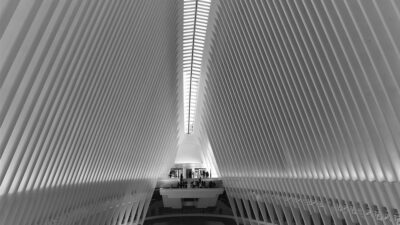In an age where technology is progressing at an unprecedented pace, the architecture industry stands on the brink of a revolution. Mixed reality (MR), a blend of augmented reality (AR) and virtual reality (VR), is transforming the way architects design, visualize, and construct buildings. This convergence of digital and physical worlds not only enhances creativity but also improves collaboration, client engagement, and project execution.
Visualizing Designs in Real-Time
One of the most significant advantages of mixed reality in architecture is the ability to visualize concepts in real-time. Traditionally, architects relied on blueprints, 2D drawings, and static 3D models to communicate their ideas. However, MR allows for immersive experiences where clients and stakeholders can walk through a digital representation of a building before it even exists.
Using devices like Microsoft HoloLens or Magic Leap, architects can project 3D models that superimpose the virtual design onto the physical site. This capability helps to bridge the gap between imagination and reality, enabling a more intuitive understanding of spatial relationships, scale, and proportions.
Enhanced Collaboration
Architecture is inherently a collaborative endeavor, involving multiple stakeholders, including architects, engineers, contractors, and clients. Mixed reality facilitates real-time collaboration, allowing teams to engage with the design simultaneously, regardless of their physical location. This connected approach ensures that feedback is immediate and that all parties are aligned throughout the design process.
For instance, during design reviews, participants can don MR headsets and experience the structure collectively. This eliminates ambiguities that often arise from traditional presentations and expedites decision-making, ultimately leading to more cohesive and innovative designs.
Improved Communication with Clients
The communication of complex architectural ideas can often be a challenge. Mixed reality transforms how architects present their visions to clients, allowing them to "walk through" their future space rather than merely viewing static images. By experiencing the project in an immersive environment, clients gain a better understanding of the design intent and spatial dynamics.
Furthermore, MR allows for iterative design modifications to be presented instantaneously. Clients can visualize changes on-the-spot, providing feedback that can be instantly incorporated into the evolving design. This responsive communication fosters a deeper sense of trust and satisfaction, as clients feel they are part of the creative process.
Streamlining Construction Processes
Beyond design visualization, mixed reality has profound impacts on the construction phase. By overlaying digital information onto the physical job site, contractors can ensure that the construction process aligns more closely with the architect’s vision. MR allows for real-time comparison between the initial designs and the actual build, helping to identify discrepancies and issues before they escalate.
Moreover, mixed reality can enhance training for construction workers. By simulating construction scenarios, workers can familiarize themselves with complex tasks in a controlled environment, reducing the risk of errors on the job site. This not only increases efficiency but also enhances safety by allowing workers to practice procedures without the risks associated with real-life execution.
The Future of Sustainable Architecture
As the world increasingly prioritizes sustainability, mixed reality is poised to play a vital role in eco-friendly architecture. Designers can experiment with energy-efficient materials and building techniques virtually, assessing their impact on the environment prior to construction. This capability allows architects to create innovative designs that minimize waste and maximize sustainability, aligning with global goals for climate resilience.
Conclusion
Mixed reality is undeniably shaping the future of architecture, transforming how professionals conceive, design, and realize their visions. By facilitating better visualization, collaboration, and communication, MR is not just a tool—it is a conduit through which the architectural process can thrive. As technology continues to evolve, the potential for mixed reality in architecture will only expand, leading to a future where buildings are not just constructed but are brought to life through the seamless integration of digital and physical realities.
As we move forward, embracing mixed reality will be essential for architects aiming to redefine the built environment, ensuring that creativity and innovation are tethered to function and sustainability—ultimately reshaping the world we inhabit.



